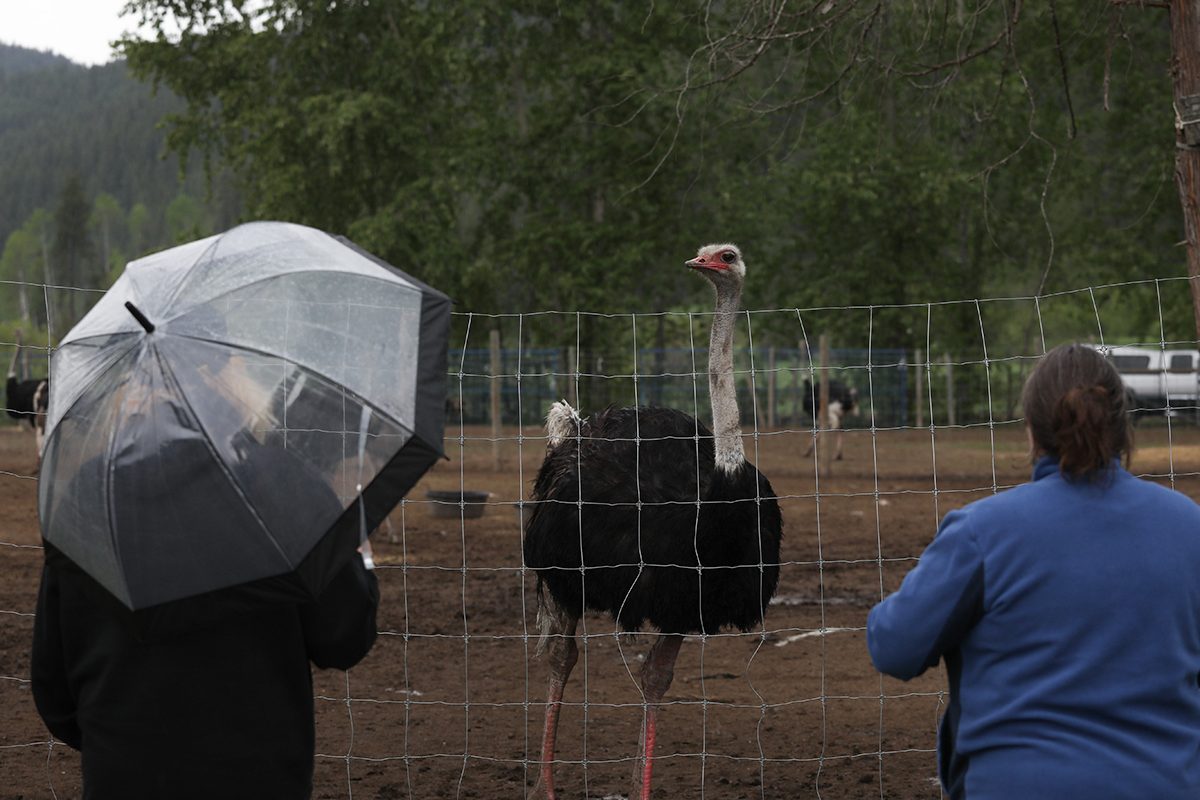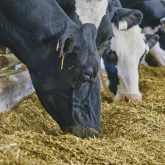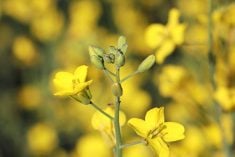SAO PAULO (Reuters) — Brazil’s weaker currency is keeping fertilizer prices high for Brazilian farmers, despite a slide in world prices for the main plant nutrients, grower’s group Aprosoja said.
Soybean farmers in top producing state Mato Grosso had already bought 95.5 percent of the fertilizer they will use for the 2013-14 crop as of Thursday, just a few days before planting can begin on Sept. 15, according to a statement from Aprosoja.
International fertilizer prices began falling in May, when the government of India, the world’s No. 2 fertilizer consumer, reduced subsidies for phosphate and potash-based fertilizers for the fiscal year that began in April, easing demand and lowering international prices.
Read Also

B.C. ostrich owner condemns violence near embattled farm
One of the owners of Universal Ostrich near Edgewood, B.C. condemned the alleged assault and arson against one of the farm’s neighbours said to have been committed by a protestor. The farm is in a legal battle with federal authorities over a cull order of the farm’s ostriches, which contracted avian influenza.
The direct hedge fertilizer index for FOB barge cargoes in New Orleans is down 23 percent from the beginning of the year, according to Thomson Reuters data.
A weaker local currency, high shipping costs and strong demand have kept prices high in Brazil, Rabobank analysts wrote in a recent report.
Brazil’s real weakened to near five-year lows in August and is still 10.7 percent weaker than it was a year ago.
Even so, Brazil imported 9.6 million tonnes of fertilizer in the first six months of 2013, 23 percent more than the same period a year earlier, according to Rabobank.
Pesticide sales reached a record $2.85 million dollars in that period, according to a local industry group.
Farmers, well capitalized after last year’s record crop and high prices, have been encouraged to bet on soy again thanks to a weaker real that will enhance the competitiveness of Brazilian exports and lower corn prices.
Still, they realize their profit margins could be tighter.
In addition to higher chemical and fertilizer costs, international trading firms are paying less for soybeans than they did a year ago to account for an unexpected rise in trucking costs that hurt buying firms like Cargill and Bunge last season.
Fertilizer sales in Brazil are normally highest in the second quarter of the year, but were unusually strong in the first quarter of 2013, according to mining firm Anglo American, which is one of several companies aiming to boost Brazil’s phosphate output to curb dependency on imports.
Brazil’s fertilizer demand is growing by around five percent a year, compared with three percent in the rest of the world, according to Ruben Fernandes, the head of Anglo’s niobium and phosphate unit in Brazil.
Brazil is the world’s No. 4 fertilizer consumer, behind the United States, India and China.














